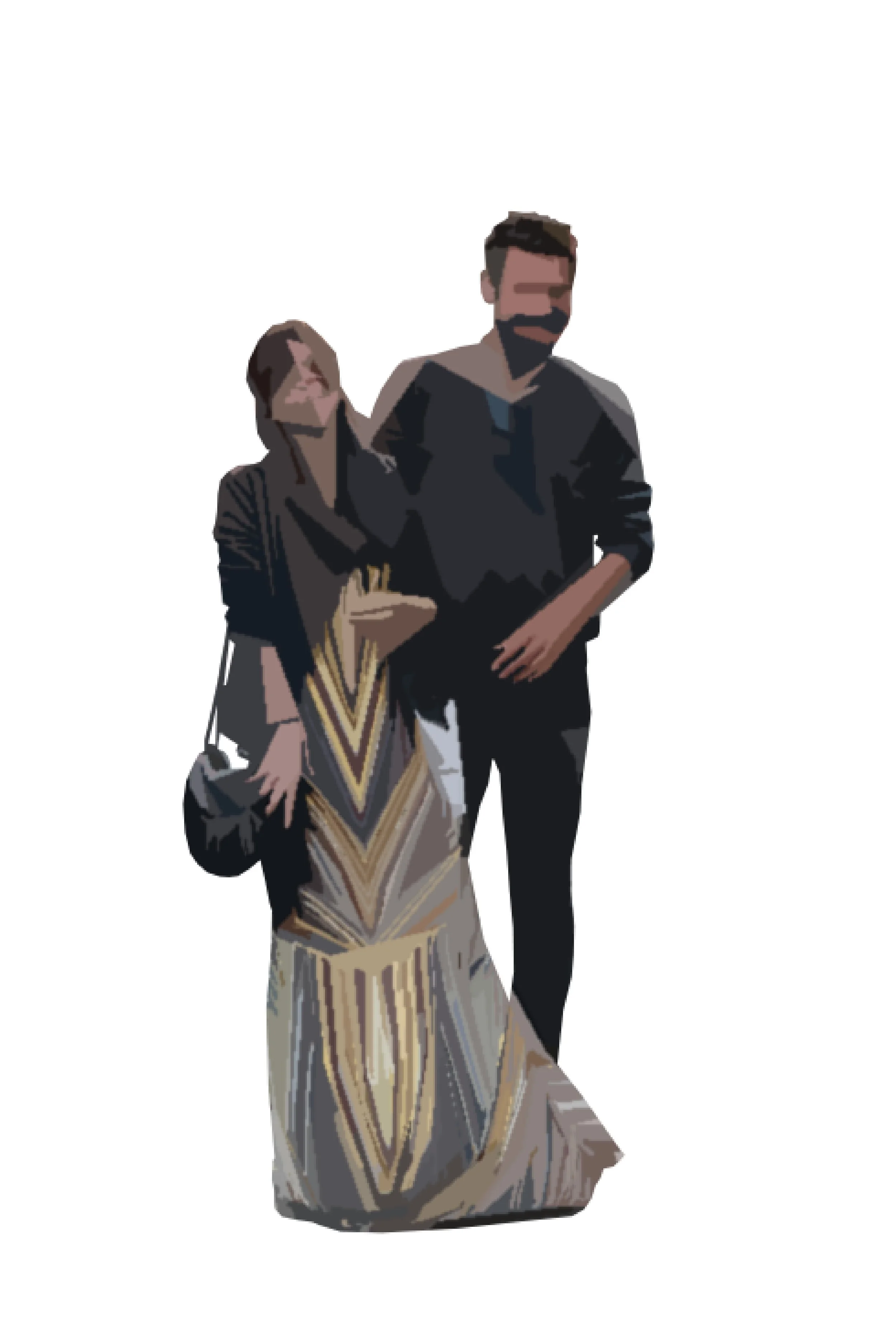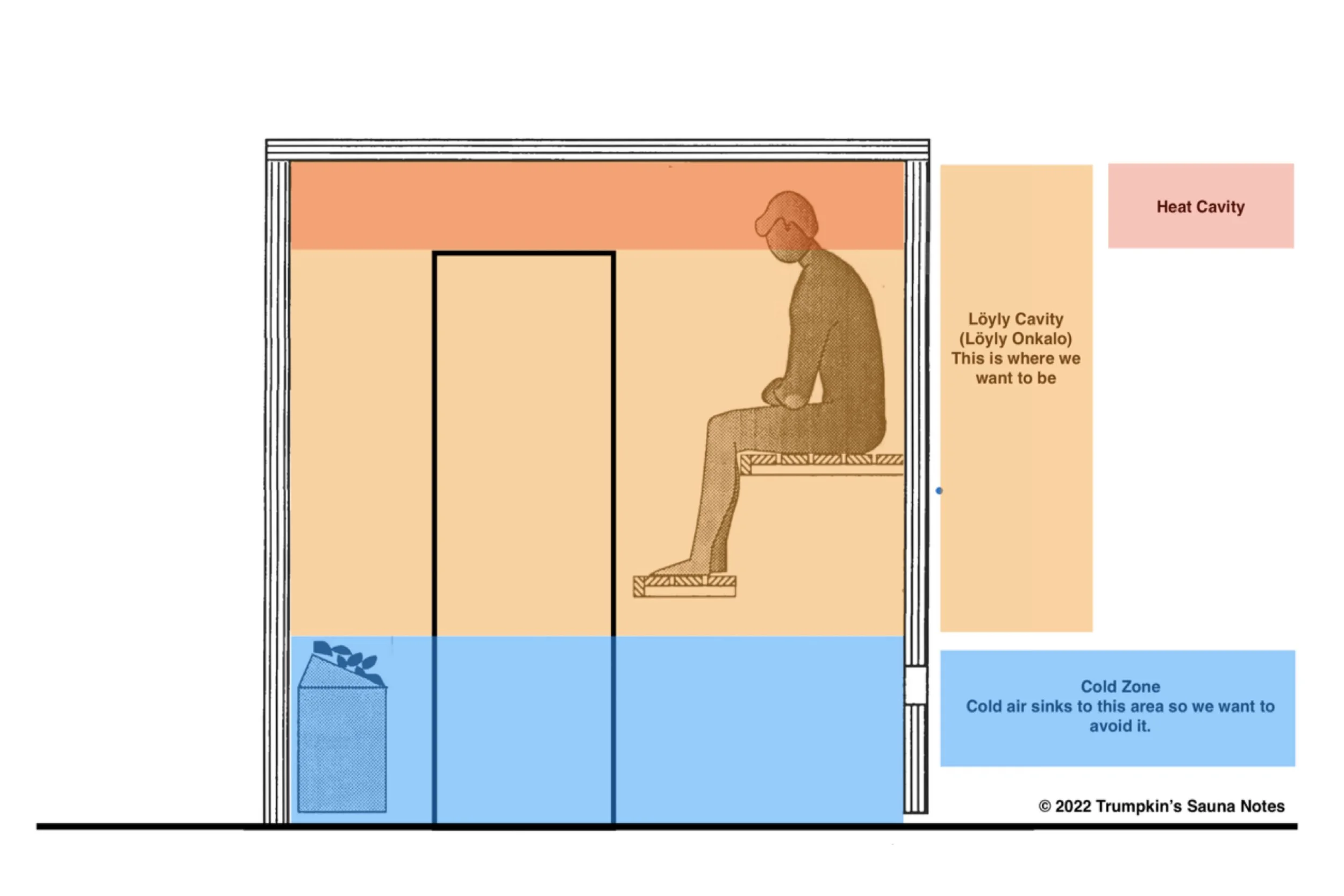Why a sauna?
For millenia, saunas have been an integral part of life for Finnish and Scandinavian cultures. Saunas unite people, holding social and spiritual significance (Holownia 2020).
Beyond their social attributes, saunas improve peoples health. Notably, all cause mortality was reduced by 23% for those who used a sauna 2-3 times weekly (Sweat Tent 2022).
Market Analysis
Efficient use of materials. Biodegradable frame. Unique Aesthetic with minimal spatial profile
Gaps in frame allow for leaks. Lasts 15 years at most before needing significant repairs. Limited interior space detracts from user experience
Barrel sauna ($$)
Low cost. Portable. Repairable. Easy to clean. Spacious interior
Nylon body is produced from oil in an energy intensive process, leaches micro-plastics and does not biodegrade.
Sweat tent ($)
Spacious Interior. Majority cedar frame is sustainable
Lifespan of 25+ years. Lack of insulation reduces efficiency.
Plunge sauna ($$$)
Note: Sauna kits sold today lack long term durability, lasting an average of 15-25 years [Divine Saunas 2022]. With a high volume of materials needed for production, it is wasteful to have a product that lacks intuitive repair methods.
Persona
Age range of consumers 25 - 65 years
Age range of users 14 - 70 years
Hobbies
Excercising
Spending time with friends/family
Spending time outdoors
Challenges
Busy work schedule limits time for social life and hobbies
Goals
Adopting a healthier lifestyle
Reconnecting with nature
Spending more time with loved ones
How can we develop a sauna kit that has a longer lifespan through repairability and sustainable material choices, reducing carbon footprint and providing a greater value to consumers.
Problem Statement
Design Goals
Intuitive
Relaxing
Through assembly, use, and maintenance
Provides exceptional user experience
From Sourcing to end of life
Durable
Weatherproof and wear resistant
Sustainable
Early Form Development
3D Sketch Models
CAD Sketch models
3 Directions
Tent Method
Aluminum or steel frame with tent membrane covering
Panels
Replaceable wood panels screwed together to create frame. Siding fastened to exterior faces.
Mortise and tenon
Use of traditional wood joinery techniques to create a strong frame without excess fasteners. Siding interfaces with frame.
Feedback
Strong majority of people surveyed enjoyed this simple geometric form with a round window detail.
Try to reduce the use of fasteners using wood joinery methods
Avoid materials that are toxic / last longer than the sauna frame (ex. tent membrane, steel frame elements)
Product Lifecycle
SOURCING / FABRICATION
Western Red Cedar and Spruce
Sustainably grown and processed in US forests. Durable without chemical finishes.
Hempwool Insulation
Sustainably grown, processed in the US. Carbon negative and highly functional.
Shipping dimensions
8.5’x7.5’x4.5’
(5 Units can fit on a standard flatbed truck)
![Eamon Colbert-Auble [Design Portfolio]](http://images.squarespace-cdn.com/content/v1/6318d1fa3413eb1d1c57ed0c/06f8c7d6-eb07-4590-b0b0-5d69fdb64e30/Untitled-7+%5BRecovered%5D.jpg?format=1500w)
























